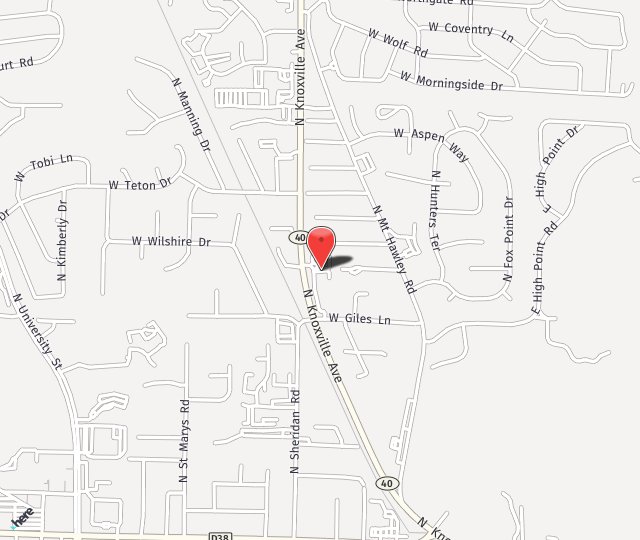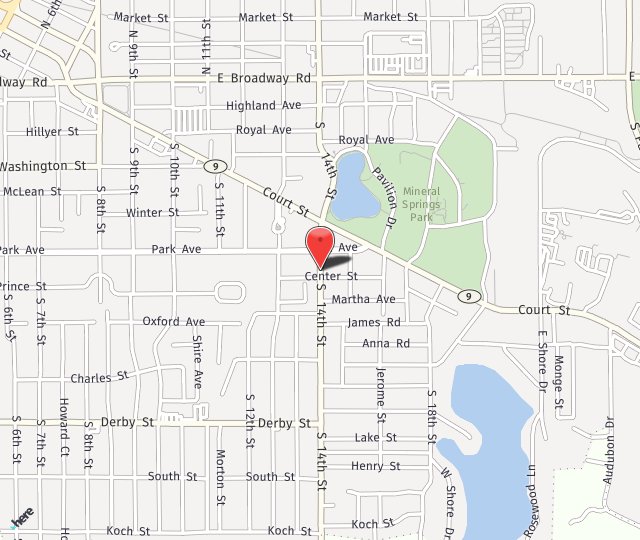We now offer the convenience of ordering your contacts online! It is easy to do, just click on ABB to get started.
If you need glasses and are thinking about contact lenses instead, this contact lens overview could be useful. There are many types of lenses that can correct your nearsightedness, farsightedness and astigmatism.

There are also contact lenses that can provide you with a full range of vision if you are over the age of 40 and require bifocal or progressive lenses. Other types of contacts have artificial pigment to change the color of your iris. These are used to replicate a damaged pupil or for aesthetic purposes. In all, more than 30 million people in the United States wear contact lenses.
Daily-wear contact lenses are the most commonly worn. This term “daily-wear” derives itself not from their disposability, but instead from the period of time they are worn without taking them out. Monthly-wear contact lenses, otherwise referred to as extended-wear, do not have to be removed at night. They can be slept in. Certain silicone hydrogel designs can be worn for up to 30 days without being removed.
Contact lenses come in both hard and soft forms. The advantages to hard “rigid” lenses are quickly being adopted by soft lenses. Rigid lenses are undoubtedly less comfortable than soft lenses. The wearer must adjust to wearing hard lens more slowly by gradually increasing the number of hours it is worn each day. Though they are prescribed less often, rigid gas-permeable lenses are still the best choice for some patients including for use with Keratoconus. Soft lenses are prescribed most often because they are more comfortable and require less maintenance.
Individuals with corneal astigmatism are good candidates for toric contact lenses. Toric lenses are not meant to rotate in the eye and also correct nearsightedness and farsightedness in combination with astigmatism. Another recent advancement in contact lens technology is the multifocal lens, a lens made that provides multiple points of focus. This provides wearers over the age of 40 with the ability to see at all distances: near, intermediate and distance.
We hope this overview will help you understand your contact lens options. We will be happy to answer any additional questions you may have by calling our office and scheduling a contact lens evaluation.


